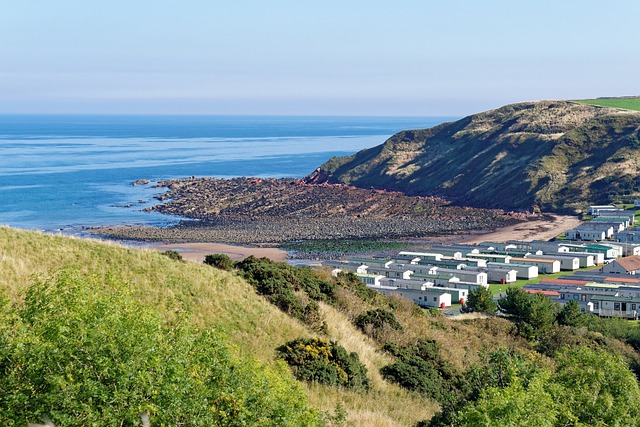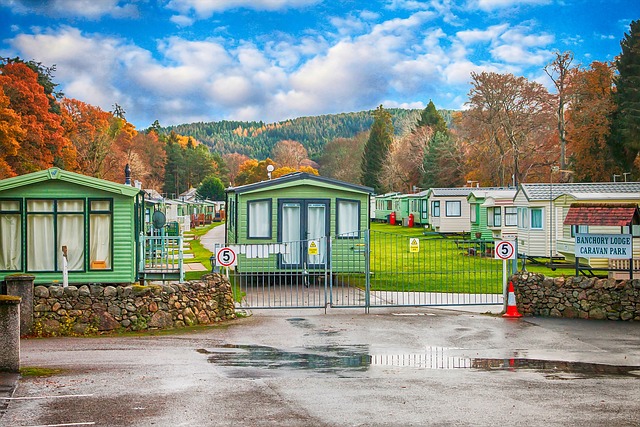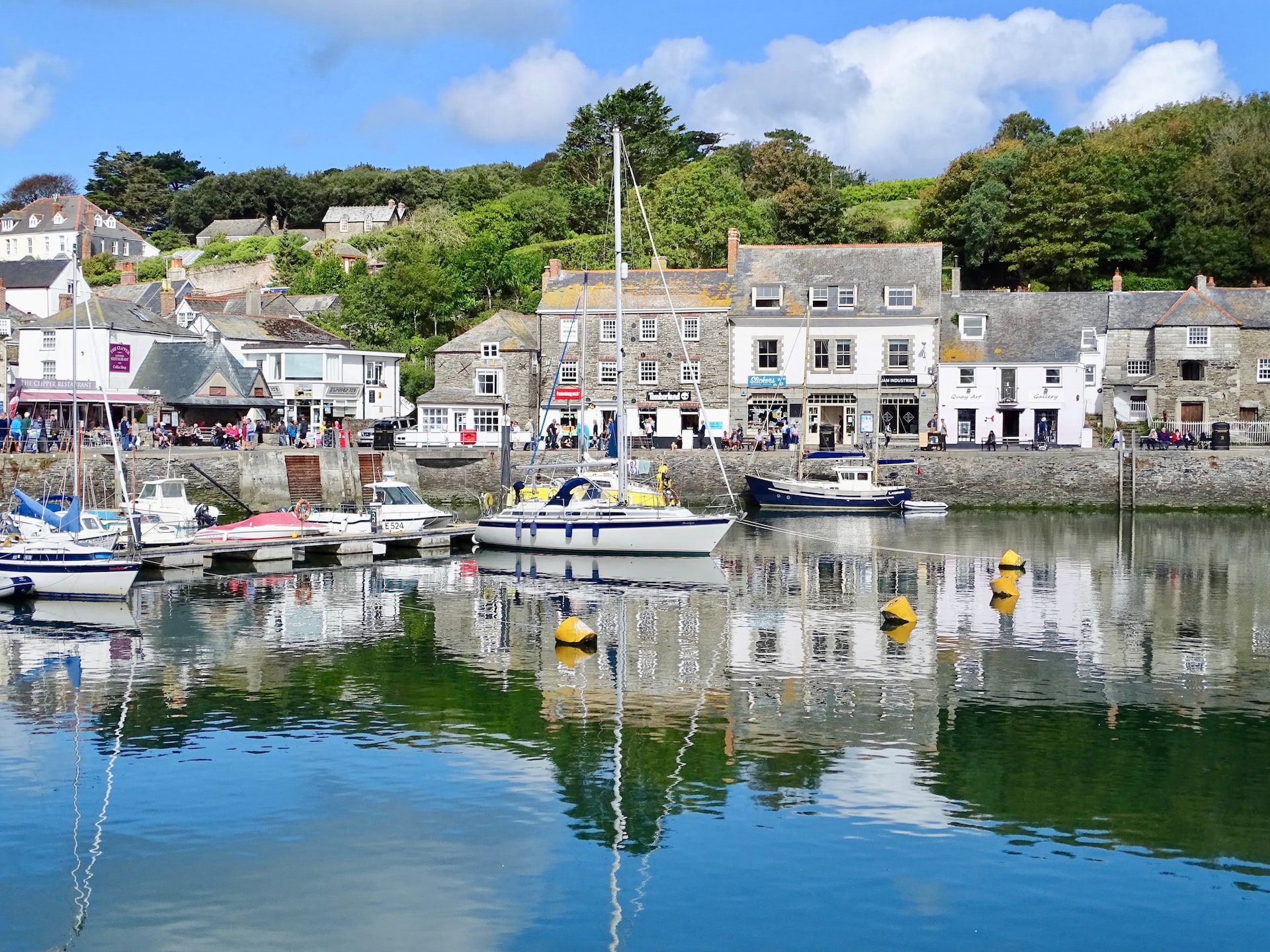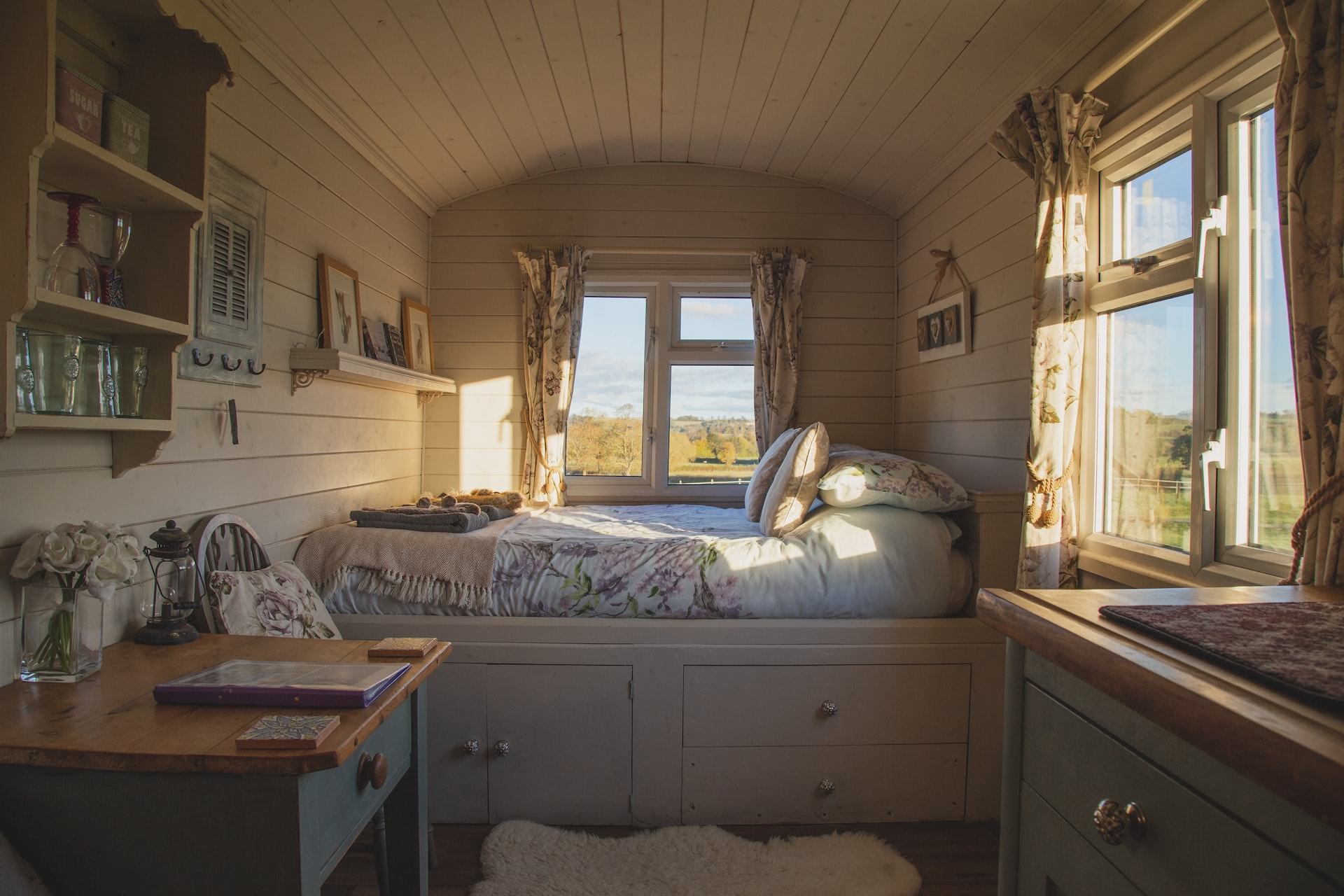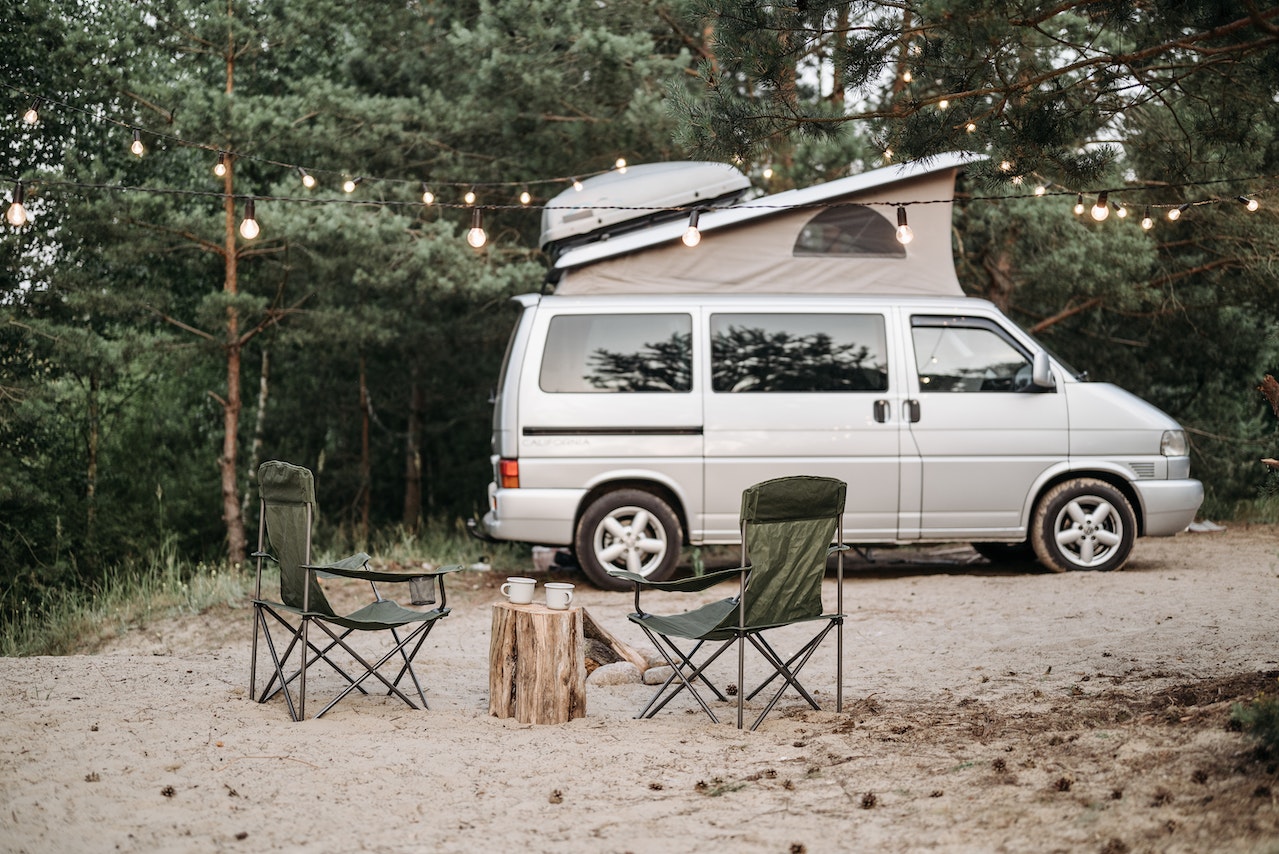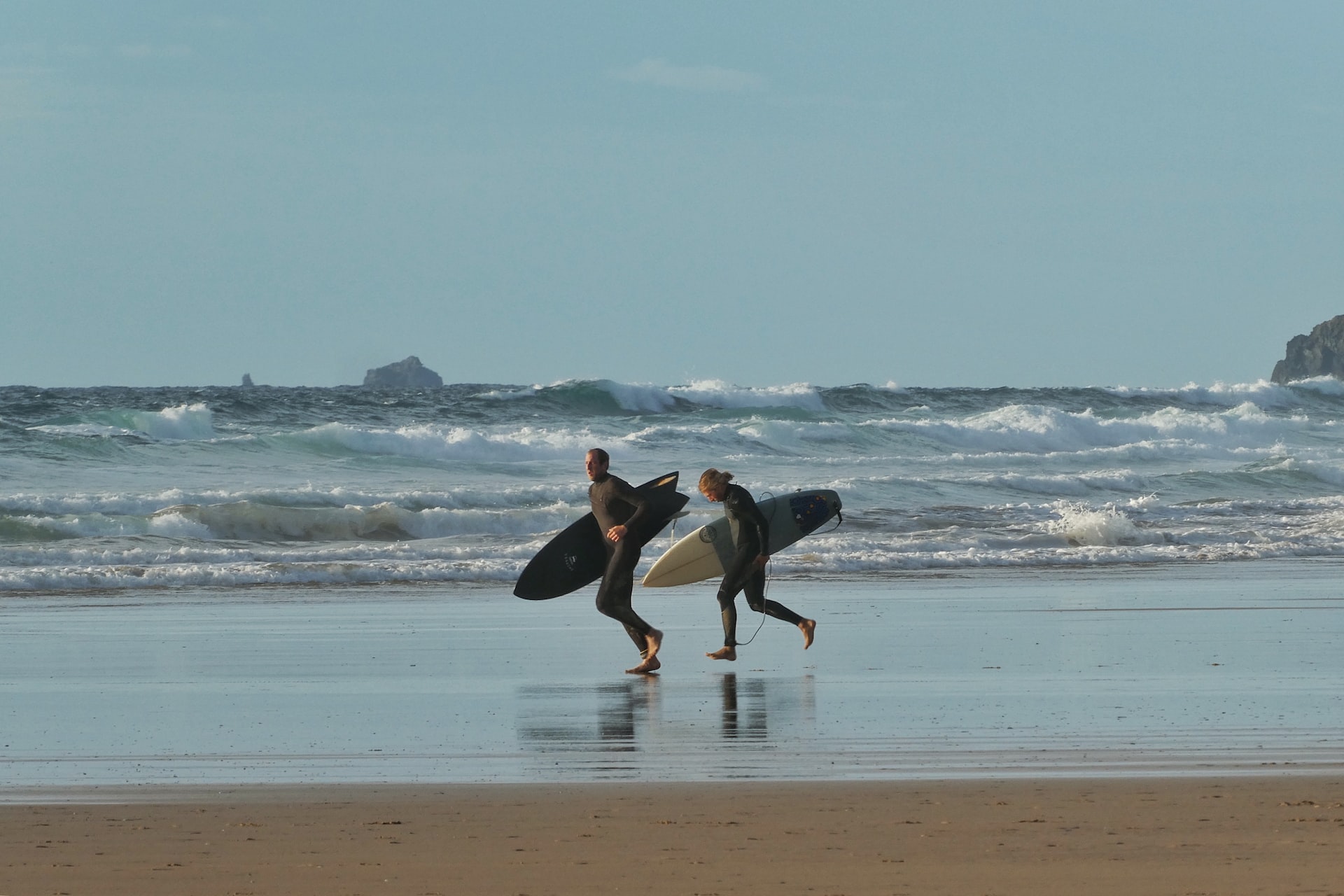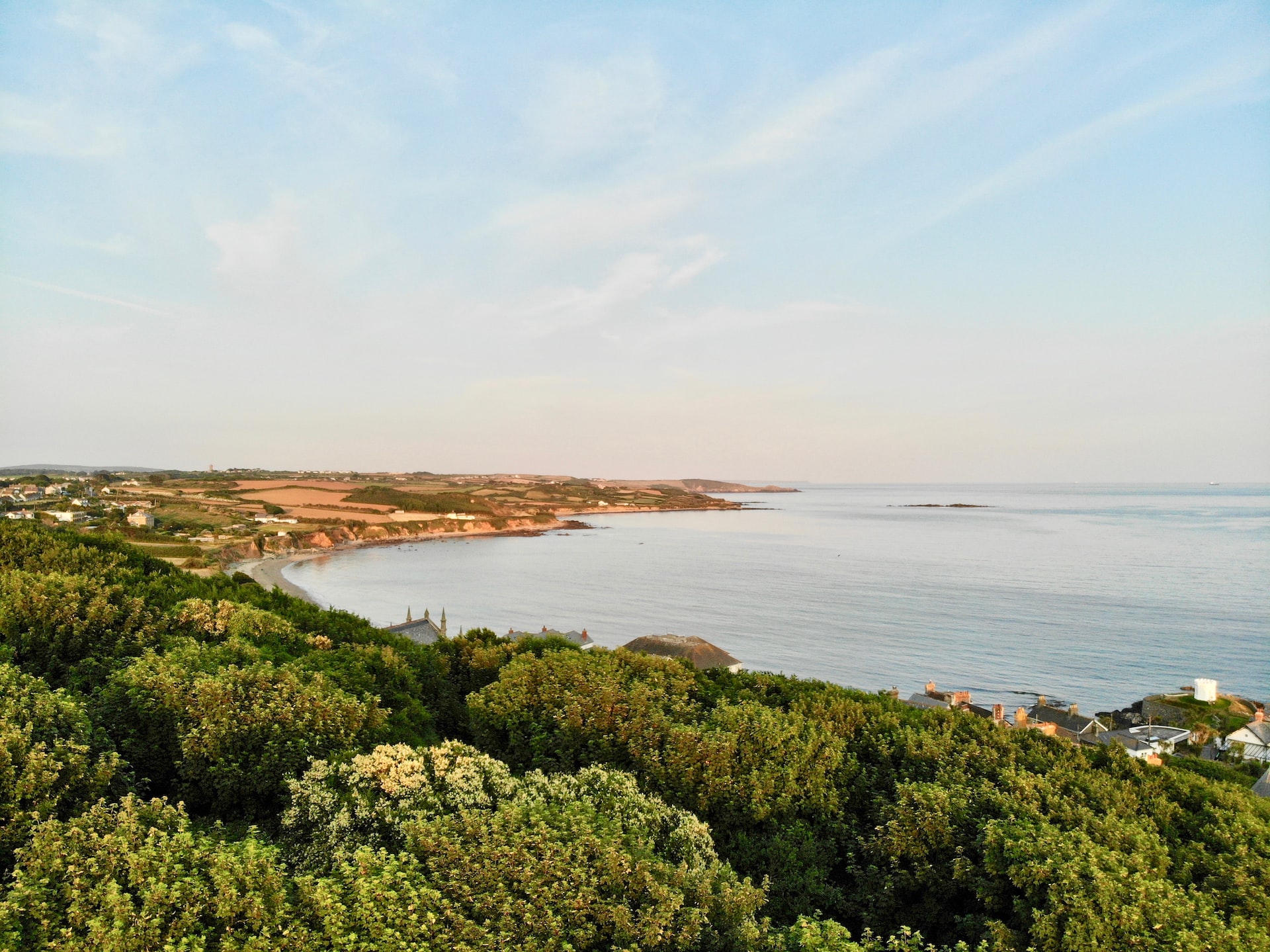Wildanet Terms of Contract for Consumers Customers
- What this contract covers
These are the terms and conditions on which we will supply the package you have selected (the Service) and any relevant equipment, set up and installation services that you will need to receive it. In addition to this document, the Service is also subject to the following terms:
Our Acceptable Use Policy; https://wildanet.com/acceptableuse/
Our Privacy Policy; https://wildanet.com/privacy/
Why you should read the contract carefully:
These terms tell you everything you need to know about your new contract including:
- when your contract will come into effect
- how charges relate to your contract length (Minimum Commitment Term)
- what to do if there is a problem
- how the contract can be ended
If you are unsure about any part of these terms, please contact us to discuss them.
Are you a consumer or a business customer?
These terms only apply to you if you are buying the Service as a consumer. You are a consumer if you are an individual buying the Service from us wholly or mainly for your personal use (not for use in connection with your trade, business, craft or profession).
These terms are intended for consumers who are asking us to provide the Service to their homes for use by them and their family.
In addition, you must be 18 years of age or over and be ordering a Service for an address in the UK.
Nothing in these terms will affect your statutory rights as a consumer using the Service and the related equipment.
These terms are not intended to cover business customers. If you want to use the Service wholly or mainly for business use, please contact us to discuss our business use terms.
Terms of Use
The Service is only for use by you and your household.
The Service is intended for private use by an individual consumer and their household for their own domestic use. It is not intended to be used for business purposes.
Use of the Service using your account
You are responsible for any use of the Service using your account and the charges for using that account. This is the case whether those charges relate to use by you or anyone else, regardless of whether you gave your permission to their use of the Service or not. The only exception is where the charges result from fraudulent use of your account by someone else. If you become aware of any fraudulent use, you must inform us as soon as possible.
You must also ensure that any use you make of the Service and any equipment you connect to the network will not interfere or harm it or affect our other customers' equipment or use of the Service.
- About Wildanet
We are Wildanet Limited, a company registered in England and Wales. Our registered address is Wildanet Limited, Westbourne House, West Street, Liskeard, Cornwall, PL14 6BT.
Our company registration number is 10586466
Our registered VAT number is GB265370400
We are regulated by Ofcom (Ofcom.org.uk) and are a member of UK WISPA(ukwispa.org)
How to contact us:
Email: hello@wildanet.com
Telephone: 0800 0699906
Post: Westbourne House, West Street, Liskeard, Cornwall, PL14 6BT
3. Your contract details.
Your Order:
When you place an order with us, we will need to check it and we need to make sure we can provide the Service to your specific location before putting a contract in place. This check may include a survey and any engineering/civil work required to allow us to install to your property.
When we receive your order, we will send you some important documents called the Contract Summary and Contract Information Sheet. These documents summarise key details about the contract such as your services, the equipment being provided, price, term, renewal and how you and we can terminate the contract. Please read these documents carefully and store them safely for future reference.
If we accept your order, we will send you an order confirmation at which time a contract between you and us shall come into force. Your Services term will begin on the day your services are successfully installed (Services Start Date) please see below.
If we cannot accept your order
In the unlikely event we can’t reach your property with our Service, we will notify you straight away and you will not be charged. In this case the contract will not take effect.
Services Start and End date.
The Services term starts on the Services Start Date and will continue until your Minimum Commitment Term expires (usually 24 months from Services Start Date). This will be detailed on your Order Form.
What happens at the end of the Minimum Commitment Term?
At least one month before your contract ends, we will email you to inform you of your options. If you want to end the Service at this point, you must give us at least one months' notice of this. If you do not do this, the contract between us will continue from month to month (a ‘rolling contract’) in accordance with any changes in the Service that we have informed you of (e.g., your introductory offer changing to full price).
- Payments and charges
The charges for the Service (and set-up services and installation of the equipment) will be set on the order form when you place your order. We will also detail these charges in your Contract Information and Contract Summary documents.
We will charge you for the first instalment of the subscription charges when we are informed by our engineer that the Service has been installed. From this date, a monthly subscription fee, as set out in the order, will be payable monthly in advance.
Our Fixed Price Promise: The monthly subscription fee will remain unchanged during the Minimum Commitment Term unless you notify us that you wish to move to a different Service package (see Changes section).
Increases in charges after the Minimum Commitment Term
We may increase your monthly subscription charge for the Service after the Minimum Commitment Term by giving you at least one month's notice of this. When we email you to notify you that the Minimum Commitment Term is coming to an end, we will tell you about any increase in the charges (and about any other changes to the Service). If you do not agree to any of the changes, you must let us know. If we do not hear from you, we will assume that you want your contract to continue.
Increases in charges may be necessary to reflect market changes and inflation measured by the Retail Price Index (For example a RPI increase of 2%, could mean your monthly price of £40 would increase to £40.80) or may be relevant if you have benefitted from a discount offer that reaches expiry. In this instance your price will increase to reflect RRP. Our up-to-date consumer tariffs can be found at www.wildanet.com/home-broadband
What to do if you think a payment is wrong
If you think a payment is wrong, please contact us straight away so we can resolve the issue.
We can charge interest if you pay late.
If you do not make any payment to us by the due date, we may charge you interest on the overdue amount at the rate of 6% a year above the base lending rate of Santander UK plc (or the maximum amount allowed by applicable law) which Santander UK plc may change from time to time. If the rate is negative, it will be deemed to be 0%. This interest shall accrue on a daily basis from the due date until the date of actual payment of the overdue amount. You must pay us this interest together with any overdue amount.
- Making Changes
Your rights to make changes.
Changes in the first 14 days
You can change your mind and cancel your contract within 14 days of your Services Start Date. If you wish to do this, you must inform us within the 14-day period. Once your contract is cancelled, we will switch off your Service and you must allow us access to your home to collect the equipment which was installed when the Service was set up at a time which we agree with you.
Please note that if you cancel our Services within 15 days from the date you order our Services, and you have received Services before the 15 days at your request, then you will have to pay for the equipment and Services performed up to the date of cancellation.
If you do not allow us access to your home to uninstall and collect the equipment on the date agreed with us (of if we have requested that you return it to us and you do not), we will charge you the full price of the equipment.
If you are entitled to a refund, then we will refund you for any charges (minus any deductions we are entitled to make under these terms for example because the equipment returned to us is damaged) by the same method you used for payment.
Changes after the first 14 days
Changing your Service package. If you wish to make a change to your Service package, please contact us to discuss your requirements. If the change is possible, then we will let you know about any other changes that may be necessary (e.g. charges, key dates, new Minimum Commitment Term).
Changing your contract to someone else. You may only transfer your rights or your obligations under these terms to another person if we agree to this, but we will not unreasonably withhold our consent to this.
Moving home. If you move house during the Minimum Commitment Term, to an area in which we can provide the Service, please contact us to request that your Service is moved to your new home subject to the following conditions:
- If you move to a property with an existing Wildanet connection, you may move your existing Service to your new home. You may be subject to an installation fee which we will tell you about when you contact us to tell us about your move.
- If you move to an area where Wildanet provides Service, but the property is not currently connected to our network, You may be charged our standard installation fee and may be subject to excess installation fees. We will tell you about these when you contact us to tell us about your move.
- If you move to an area where we do not currently provide Service you may cancel the contract with us. This may be subject to payment of an early termination charge if you are within the Minimum Commitment Term.
Our rights to make changes.
Minor changes to the Service
We may, from time to time, make changes to the Service to reflect changes in relevant laws and regulatory requirements or to implement minor technical adjustments and improvements, for example to address a security threat. These changes should not affect your use of the Service but, if they will, we contact you or by post information about the changes on our website.
Significant changes to the Service and these terms
If we make significant changes to the Service, we will give you at least one month's notice of the change. If you do not agree to the change, you must contact us to end the contract before the changes take effect and will receive a refund for any charges you have already paid for Services but have not received.
Changes to software
To improve the Service, we may occasionally need to update the software used by the equipment. We should be able to do this remotely but if this is not possible, then we may need to arrange for an engineer to visit and you agree that we will be given access to our equipment.
- Customer Support
We aim to provide most support to you via our helpdesk which you can contact on 0800 0699906 or via e-mail [email protected]
If we have to contact you, we will do so by using the details you provided to us when placing your order.
Engineer visits to your home
If we need to arrange an engineer home visit, we will agree a date with you in advance. If this needs to be changed or cancelled, you will give us at least 2 working days' notice of this.
You must ensure that you or someone aged over 18 is present who can provide information (for example, about a problem) and make any relevant decisions.
We may charge you for engineer visits to your home at a rate of up to £75 p/hour if:
- the engineer visits your home but there was no authorised person there to discuss the problem with
- the engineer visits your home to resolve a fault but could not find a fault or discovers that the fault was not due to our Service (or any related service or equipment provided by us)
- you did not give us 2 working days' notice to change or cancel the date of a visit or you decide you do not want our engineer to carry out the work.
We will notify you of the charges payable for any engineer visits.
- Problems, Faults and Complaints
What to do if there is a problem?
If there is a problem with any aspect of your Service, please let us know as soon as possible so we can try to remedy the matter straight away.
Where Wildanet or someone authorised to work by us is responsible for the problem, or if no-one is at fault, you do not have to pay any charges. However, if we reasonably consider that the problem has been caused by incorrect or incomplete information provided by you or something you did or did not do, we may charge you the reasonable costs for remedying the issue.
We will notify you of the charges payable for any engineer visits.
Equipment provided as part of the Service.
The equipment that we provide to you will remain our property at all times and you should treat it with reasonable care. If any equipment is faulty, you should let us know as soon as possible and we will repair or replace it. Please note we will not be responsible to repair or replace equipment which has been damaged by you or which is the subject of normal wear and tear. You will be responsible for the cost of replacing equipment in these circumstances.
Software provided as part of the Service.
Any digital content (e.g. software and updates to it) will be of satisfactory quality and fit for purpose and as described by us. If you can show that a fault with it has damaged any equipment or device used by you and we have not used reasonable care and skill you may be entitled to a repair or compensation. However, it is your responsibility to ensure that you have installed appropriate up to date protection against viruses installed on any equipment or device used by you.
Your legal rights under the Consumer Rights Act 2015
If you are a consumer, you have certain legal rights in relation to the goods we have lent to you (that is the equipment), digital content (software) and services (the set-up services and Service) we provide to you, with certain exceptions. For full details of your legal rights and guidance on exercising them, please visit the Citizens Advice website www.adviceguide.org.uk or call 03454 04 05 06 or your local Trading Standards Office.
What happens if you have a complaint?
If you have any complaints about the Service, please contact us immediately so we can take appropriate action. If you have done this and feel we have not resolved the issue, please refer to our complaints process here. Our Complaints Process: | Wildanet. You can also contact UK WISPA at ukwispa.org/ukwispa-adr-scheme
- Your options to end the Contract
Within the 14-day Cooling off period
If you have changed your mind, you may cancel the contract within the 14-day cooling-off period (see section 3).
During the Minimum Commitment Term
Our prices are based on our customer’s signing up to our Services for the Minimum Commitment Term explained to you during the order process. Therefore, if you wish to cancel your Services, please contact us in the first instance to see if we can assist you. However, if you still do want to cancel the contract during the Minimum Commitment Term (after the cooling off period) you will be liable to pay for the Services for the remainder of the Minimum Contract Term. For example, if you have 10 months remaining on your contract term and pay £30 a month you will need to pay £300 to end the Services.
At the end of the Minimum Commitment Term
We will email you at least 40 days before the end of the Minimum Commitment Term to remind you that this is coming to an end. You must give us one month's notice to terminate if you do not wish to continue the Service.
If you have moved to a rolling 30-day contract (see section 3) you can bring it to an end at any time by giving us at least one month's notice.
Because of something we have done or are going to do
You are entitled to end the contract immediately if:
- we have given you at least one month's notice about an upcoming significant change to the Service or these terms, which you do not agree to; or
- we change our data privacy policy or the identity of any person or terms on which any person processes your personal data on our behalf or the location in which any personal data is to be processed is re-located outside the United Kingdom or European Economic Area
- the Service is interrupted for a period of more than 14 days because of events outside our control.
- we have suspended supply of the Service for technical reasons or notify you we are going to suspend the Service for technical reasons, in each case for a period of more than 24 hours.
- You are a member of the Armed Forces and are deployed to a different location.
In these instances, please contact us using the details in Section 2.
- Wildanet’s options to suspend or end the Contract
We may have to temporarily suspend the supply of Service to you if we need to:
- deal with technical problems or make technical changes to the Service.
- update the equipment or the Service to reflect changes in relevant laws or regulatory requirements.
- update the software or equipment because you have requested a change to the Service package. resolve a problem reported.
Your rights if we suspend the Service.
We will contact you in advance to tell you we will be suspending the Service, unless the problem is urgent or an emergency. If we have to suspend the Service for a period longer than 24 hours, we will adjust the price so that you do not pay for the Service while it is suspended. You may end the contract for the Service if we suspend it, or tell you we are going to suspend it, for a period of more than 24 hours and we will refund any amount you have paid in advance for the Service in respect of the period after you end the contract.
Suspension/termination due to non-payment
If you do not pay us for the Service when you are supposed to do so we may suspend or end supply of the Service until you have paid us the outstanding amounts. We will contact you to tell you we are suspending supply of the Service. We will not charge you for the Service during the period for which it is suspended but may charge you interest on your overdue payments.
We may end the contract for your Service at any time if:
- you do not comply with these Terms of Use (including our Acceptable Use Policy)
- we reasonably believe that you have used the Service or equipment for any illegal purpose or have provided us with false or misleading information.
- we reasonably believe that you have done anything which adversely affects the Service or other customers' use of it
- you do not, within a reasonable time allow us access to your premises when required
Your right to remedy anything you have done to break the contract.
We will usually allow you 14 days to remedy anything you have done which breaches these terms, if the matter can be remedied. However, we do not have to do this where this would be likely to adversely affect us or our other customers or where what you have done is illegal.
Other reasons we may end the contract.
We may also end the contract and stop providing the Service at any time if:
- You become bankrupt.
- we must do so because of an emergency or event beyond our control which will prevent us from providing the Service for a period in excess of 14 days.
If we do end the contract between you and us in these circumstances, then we will refund any sums you have paid in advance for set-up services, equipment and any Service which will not be provided, and you will not have to pay any early termination charges.
- Our responsibility for loss or damage suffered by you
If we fail to comply with these terms, we are responsible for reasonable direct loss or damage you suffer that is foreseeable as a result of our breaking this contract or our failing to use reasonable care and skill. Subject to other paragraphs in this contract, the maximum amount of compensation we will pay you in any 12-month period shall not exceed the value of the Services provided to you in that period.
What we are not are not responsible for:
- any loss or damage that was not foreseeable to you and us when we entered into the contract for the Service
- any financial or commercial loss
- any losses you suffer if you have used the Service or equipment for business purposes (because the Service and equipment are intended for domestic and private use and not for business purposes)
- any loss or damage that was caused by your breaking of these terms
- any loss or corruption of data (unless that is due to a problem with the software we provide to you as part of the Service or with the equipment) as a result of other equipment owned by you (such as computers, televisions and other devices) not being compatible with the Service and/or not being able to connect to the Service via our equipment.
We do not exclude or limit in any way our liability to you where it would be unlawful to do so.
The limits on our liability in this section, do not apply to:
- liability for death or personal injury caused by our negligence or the negligence of our employees, agents or subcontractors
- liability for fraud or fraudulent misrepresentation
- breach of your legal rights in relation to the Service or any related services or equipment.
When we are liable for damage to your property
Where we are providing the set-up services at your property, we will make good any damage to your property caused by us while doing so. However, we are not responsible for the cost of repairing any pre-existing faults or damage to your property that we discover while providing the set-up services and installing the equipment.
When we are liable for damage caused by software we provide as part of the Service
If defective digital content which we have supplied (such as software) damages a device or digital content belonging to you and this is caused by our failure to use reasonable care and skill, we will either repair the damage or pay you compensation. However, we will not be liable for damage which you could have avoided by following our advice or for damage which was caused by you failing to correctly follow installation instructions or to have in place the minimum system requirements advised by us.
We are not responsible for any loss or damage caused to any of your equipment, devices, or digital content to you if you have failed to protect them against viruses which are transmitted over the internet which are outside our control.
- How we may use your personal information
We will use the personal information you provide to us:
- to supply the Service, related services, and equipment to you
- to process your payments relating to the Service
- if you agreed to this during the order process, to give you information about other services that we provide, but you may ask to stop receiving this at any time.
Details of the ways in which we will use your personal information and your rights relating to our use of your personal information are set out in our Privacy Policy.
- Other important terms
If a court finds part of this contract illegal, the rest will continue in force.
Each of the provisions of these terms operates separately. If any court or relevant authority decides that any of them are unlawful, the remaining terms will remain in full force and effect.
Even if we delay in enforcing this contract, we can still enforce it later.
If we delay in taking steps against you in respect of your breaking this contract, that will not prevent us from taking steps against you at a later date. For example, if you miss a payment and we do not chase you, but we continue to provide the Service, we can still require you to make the payment at a later date.
